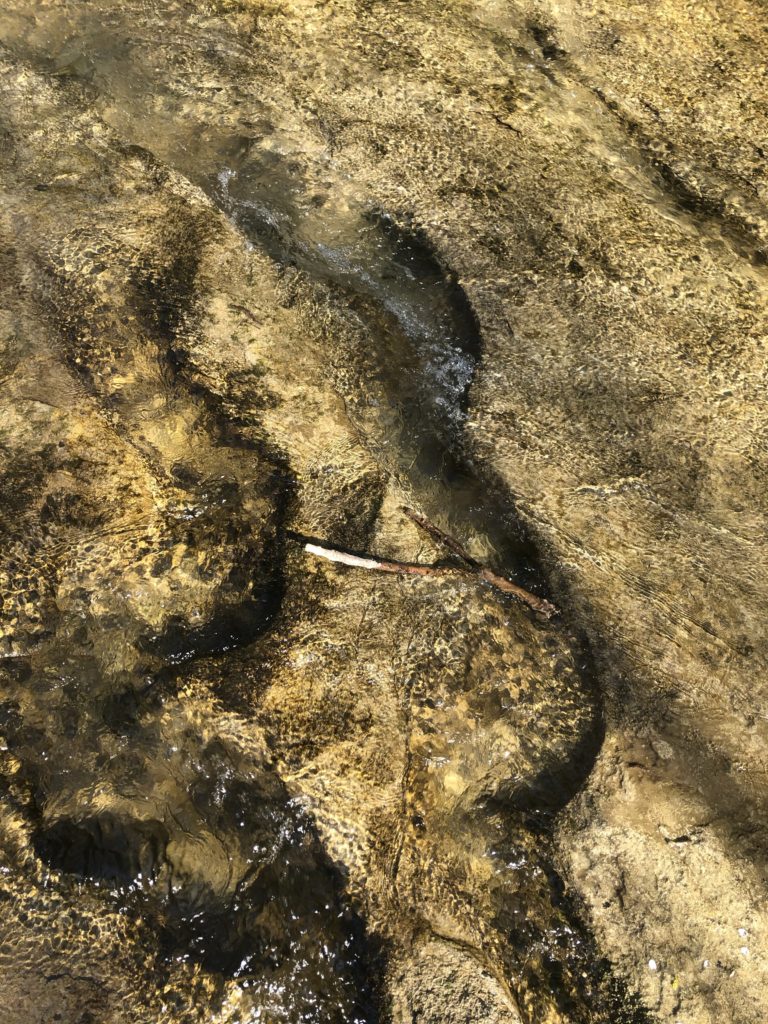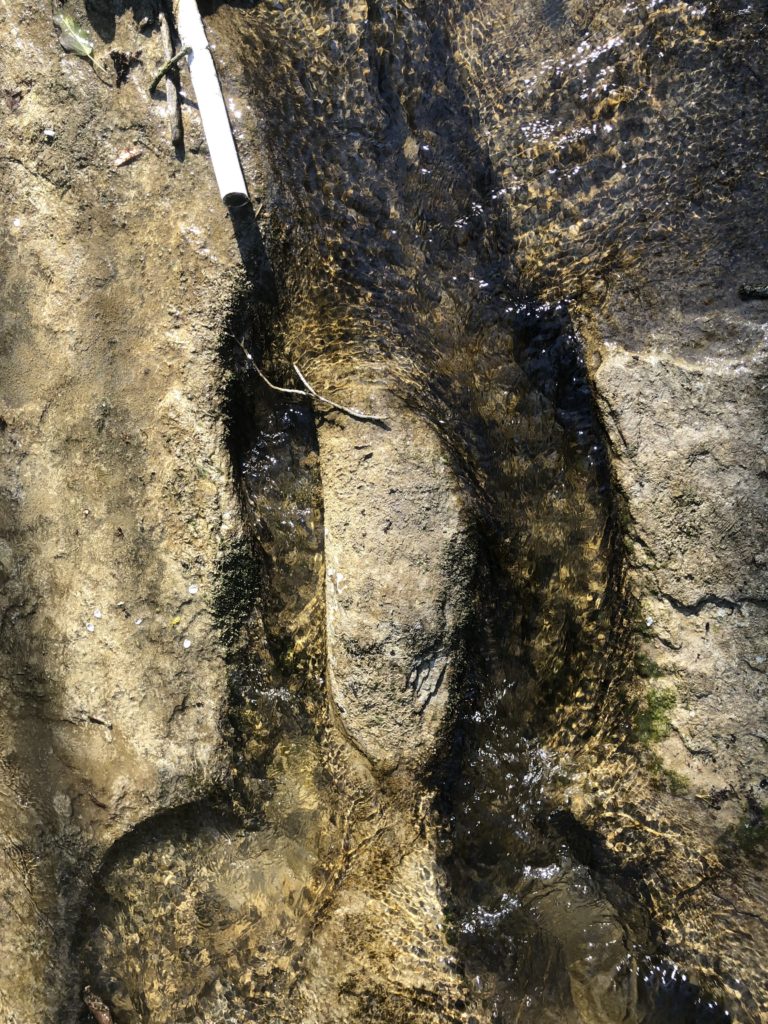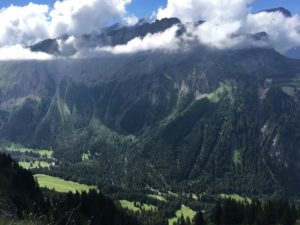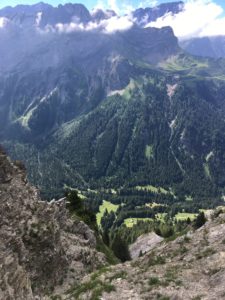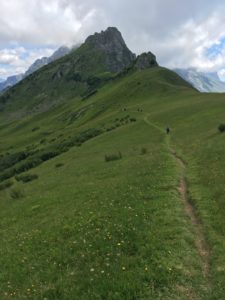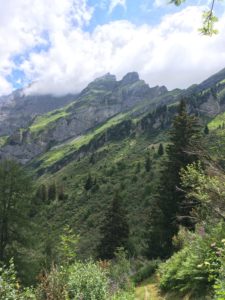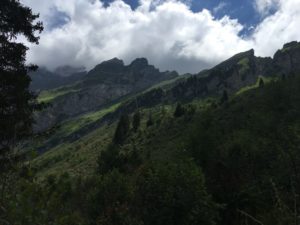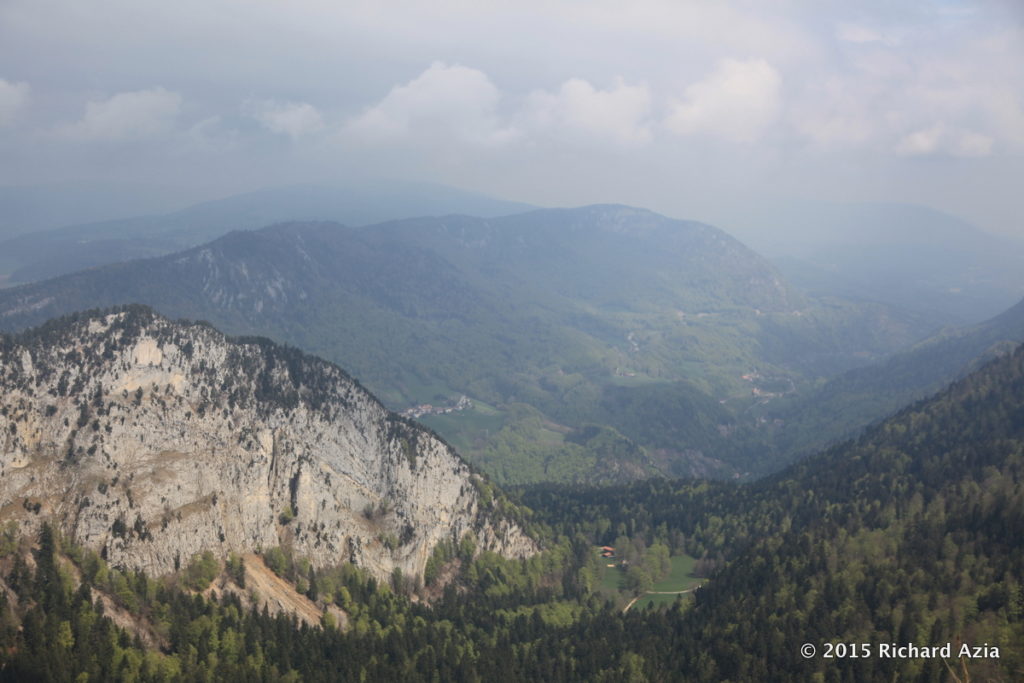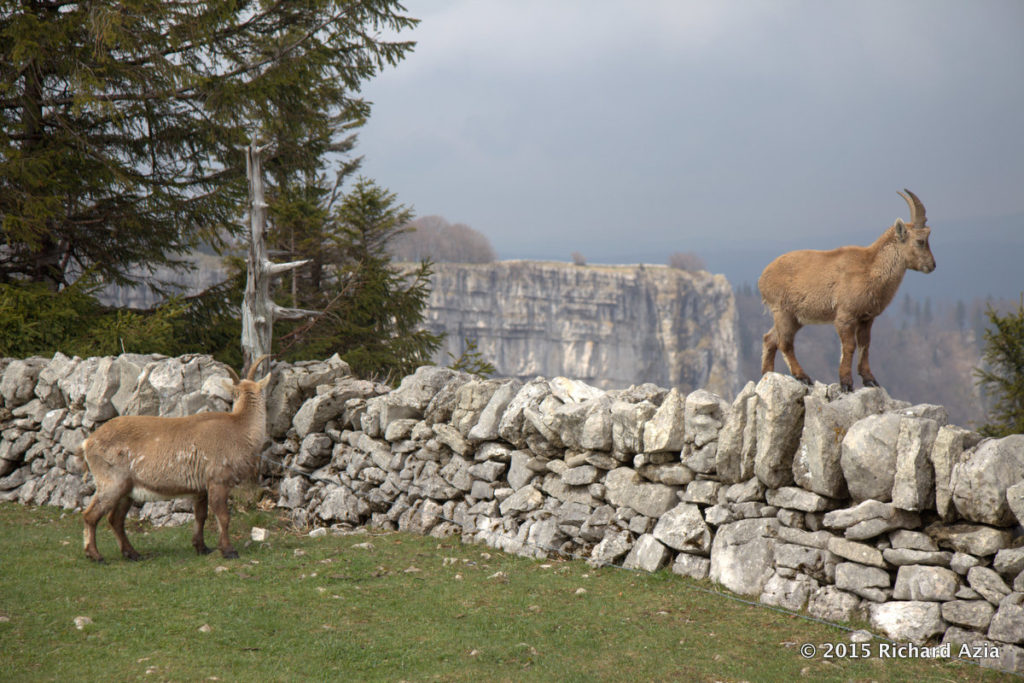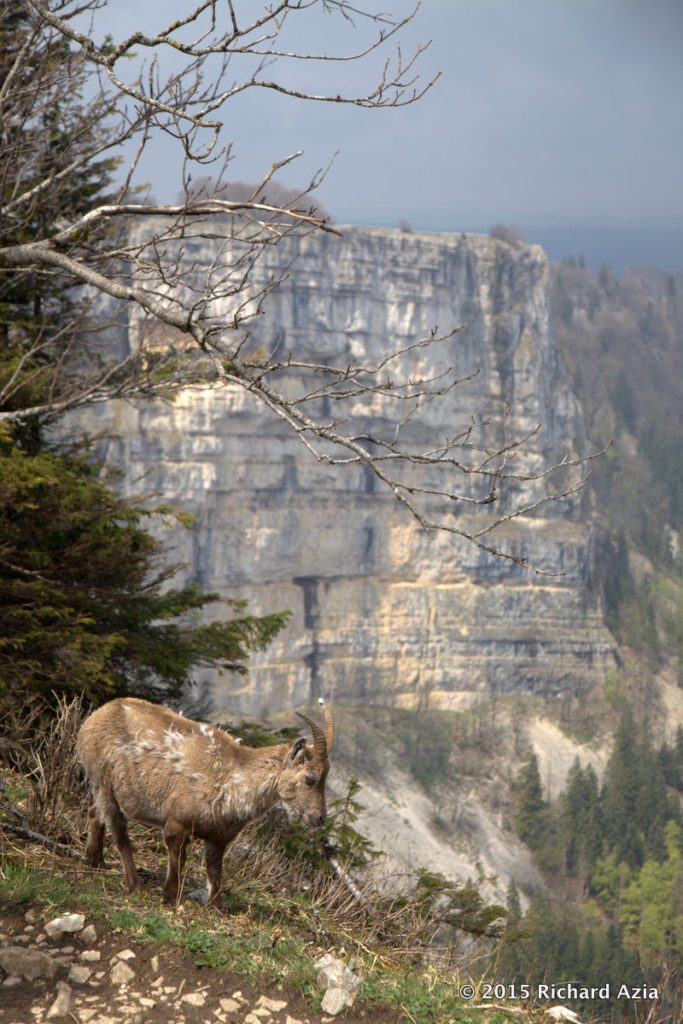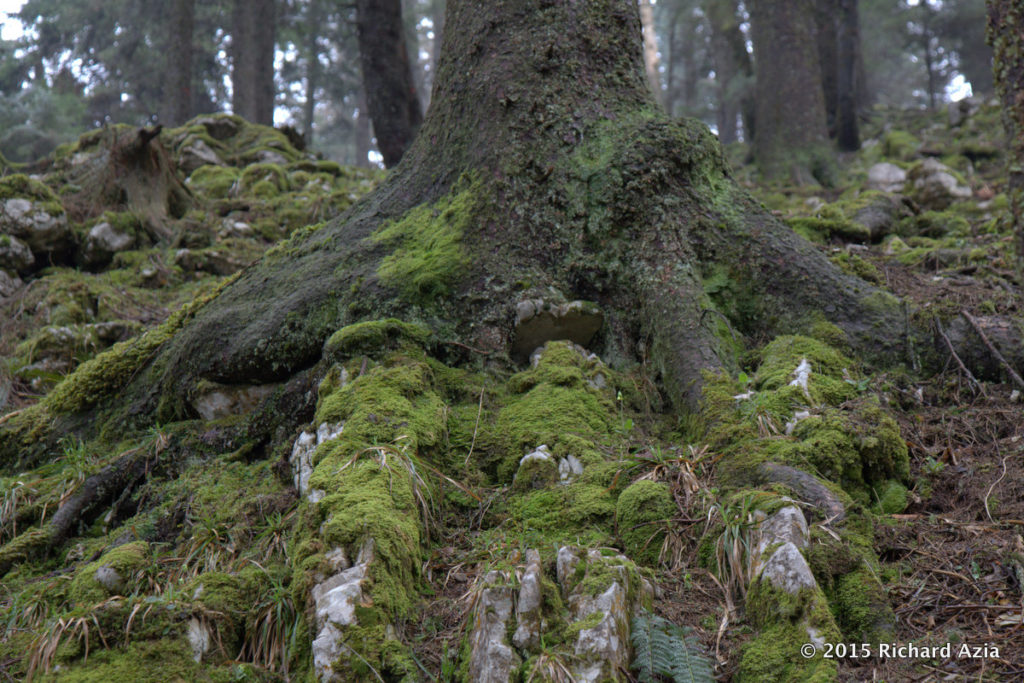Hiking from Grächen to Zermatt via the longest Suspension bridge is an interesting two-day hike. It provides you with views of glaciers, boulder fields, scree slopes and more. It also provides you with the opportunity to cross a suspension bridge that takes six minutes.
Hiking up from Grächen
The hike up from Grächen takes you up through a forest. You go through a forest and there is a stream to your left and the nice landscape to your right. The hike up is easy.
As I hike with a water filter I like to get water straight from glaciers when I can. I gathered water from the glacier. It tastes good and it’s fresh. Gathering water from this point is easy.
From this cirque you climb up through some more trees and eventually you get to a nice view point from which you can see the landscape. This provides a good point for a snack and rest.
[vrview img=”https://www.main-vision.com/richard/blog/wp-content/uploads/2017/08/export_1503909534859.jpg” width=”500″ height=”500″ ]
Use mouse to look around image above. (360 image)
Many years ago the glacier reached down into the valley below. You can clearly see the depth of the former glacier. At this point you are above the tree line. You begin to walk on bare rock. The slopes get steeper and you are more exposed.
One segment of this hike crosses a zone of active rock falls. When we were walking here we heard a loud noise that sounded like thunder or a jet. After a few seconds we saw large rocks falling down the slope and bouncing. Where they hit the ground clouds of dirt and dust erupted. It was too far away for me to get good video footage. At this moment we were more attentive. If you look up you see that massive rocks get loose and fall. Look at the contrast between the sign post and the boulders. You need to scramble and climb over rocks and navigate your way towards safety.
The dangerous zone in context
The dangerous zone takes a few minutes to cross and there are big rocks behind which you could try to shelter during a rock fall but the best option is to spend as little time as possible in the dangerous section. Rock falls are usually due to hikers, rain and ice formation. When rock falls are common you see that there is no moss and no trees grow. Later we crossed over boulder fields where trees and moss were growing. The Europahütte is built in an old boulder field overlooking the bridge.
Fractals
In one of the Coastline documentaries I watched a while ago, they said that if you measure the coastline to within one metre you get one distance and if you measure the same coastline to within 30 centimetres or less you would get a much higher figure. During the last few kilometres, this was clearly evident. On the GPS the two or three kilometres were the last two or three kilometres for a long time. The terrain undulates quite a bit and there are many nooks and crannies. In a straight line the distance was 1.6km but in real terms, the distance was closer to three or four kilometres.
Until this hike, I was used to circular rather than linear hikes. Most of the hikes start in one point and go around to another. When you look at the route track for both days of hiking they go in a relatively straight line.


